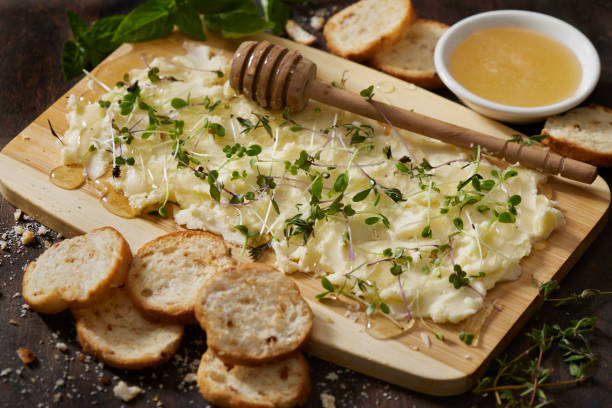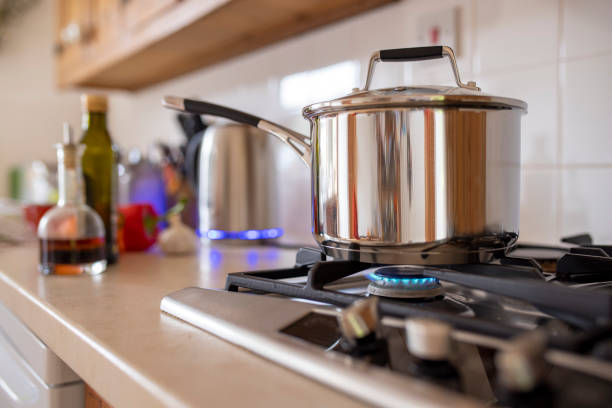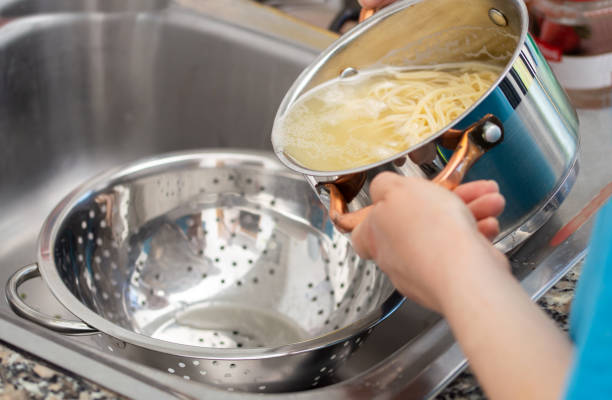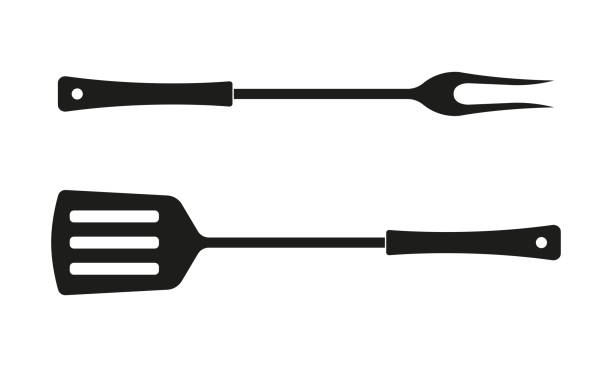The Toasted Revolution: Exploring the Art and Science of the Toaster
In the bustling kitchens of households worldwide, the toaster has earned its rightful place as a breakfast-time stalwart, turning ordinary slices of bread into golden, crispy delights. This unassuming appliance, with its humble origins and deceptively simple functionality, has played a significant role in the daily lives of millions. Let’s unravel the story of the toaster, examining its history, technological evolution, and the diverse ways it has become a symbol of morning rituals and culinary convenience.
A Brief History:
The journey of the toaster began in the late 19th century, evolving alongside the societal changes that marked the shift towards more structured and hurried lifestyles. The first electric toaster, known as the Eclipse, was patented in 1893 by Crompton & Company of Chelmsford, Essex. However, this early version was far from the sleek, efficient toasters we know today. It required constant supervision and turning of the bread, making the toasting process labor-intensive.
The first automatic pop-up toaster, the Model 1-A-1 Toastmaster, was introduced by Waters Genter Company in 1925. This revolutionary design allowed bread to be inserted into the toaster horizontally, automatically lowering and popping up when done. The widespread adoption of sliced bread in the 1930s further propelled the popularity of toasters, making them a kitchen essential for households across the United States and beyond.
How Toaster Works:
At its core, a toaster is a remarkably straightforward appliance, leveraging a combination of heating elements, a thermostat, and a timer. Here’s a breakdown of the key components and the toasting process:
- Heating Elements: Most toasters feature nichrome wire as the heating element. Nichrome is an alloy with high electrical resistance, generating heat when an electric current passes through it. Toasters typically have two heating elements, one on each side, to ensure even toasting.
- Thermostat: The thermostat is responsible for regulating the temperature of the heating elements. It monitors the temperature inside the toaster and adjusts the heat output to achieve the desired level of toasting. Some toasters also have browning control settings, allowing users to customize the toasting intensity.
- Timer: The timer sets the duration of the toasting process. When you push down the toaster lever, the timer starts, and the heating elements are activated. Once the timer reaches the preset duration, it triggers the pop-up mechanism, lifting the toasted bread for easy retrieval.
- Pop-Up Mechanism: The pop-up mechanism uses a spring-loaded lever to lift the bread when the toasting process is complete. This not only prevents over-toasting but also facilitates safe and convenient access to the finished product.
Types of Toasters:
While the basic principle of toasting remains consistent, toaster designs have diversified to cater to different preferences and needs. Here are some common types of toasters:
- Pop-Up Toasters: The traditional pop-up toaster remains a popular choice for its simplicity and ease of use. It typically accommodates two slices of bread and may include features like browning control and defrost settings.
- Toaster Ovens: These versatile appliances combine the functions of a toaster and an oven. In addition to toasting bread, toaster ovens can bake, broil, and roast, offering a range of cooking options in a compact form.
- Conveyor Toasters: Commonly found in commercial settings like cafes and breakfast buffets, conveyor toasters have a conveyor belt that moves bread slices through a heating chamber. This allows for high-volume toasting and is suitable for businesses with a constant demand for toasted items.
- Toaster Grills: Some toasters come with grill plates, expanding their functionality to allow for grilling sandwiches, paninis, and other items. These are ideal for those looking for a multifunctional appliance.
Beyond Bread: Creative Uses of Toasters:
While toasters are synonymous with perfectly toasted slices of bread, creative minds have discovered alternative uses for this seemingly one-dimensional appliance:
- Grilled Cheese Sandwiches: A toaster can serve as a makeshift sandwich press, providing a quick and easy way to make grilled cheese sandwiches. Simply assemble your sandwich, place it in the toaster, and let the heat do the work.
- Toaster Pastries: Beyond traditional toast, many toaster enthusiasts experiment with toaster pastries. From toaster waffles to toaster strudels, the toaster becomes a versatile tool for transforming frozen breakfast treats into warm, golden delights.
- Toasted Snacks: Pretzels, bagels, and even leftover pizza slices can be revitalized in the toaster, achieving a delightful crispness that elevates their flavors.
- Reheating Leftovers: Leftover garlic bread or rolls can be given a new lease on life by reheating them in the toaster. This method helps retain the original texture and flavor.
Maintaining Your Toaster:
To ensure your toaster continues to deliver perfectly toasted slices, regular maintenance is essential. Here are some tips for keeping your toaster in top condition:
- Cleaning Crumbs: Crumbs accumulate at the bottom of the toaster over time, posing a fire hazard and affecting performance. Regularly empty the crumb tray and clean the interior of the toaster to prevent buildup.
- Checking for Wear: Inspect the heating elements for signs of wear or damage. If you notice any issues, it’s crucial to address them promptly to maintain the toaster’s efficiency and safety.
- Descaling: If your toaster has a removable crumb tray, check for mineral deposits. Descaling the toaster periodically can prevent these deposits from affecting the heating elements.
- Safe Cord Management: Ensure the power cord is in good condition and avoid placing it near hot surfaces. Proper cord management helps prevent accidents and prolongs the lifespan of your toaster.
Conclusion:
In the annals of kitchen history, the toaster has carved out a niche as a reliable and cherished appliance. From its modest beginnings as a manually monitored bread toaster to the sleek, automated models of today, the toaster has seamlessly adapted to the evolving needs of modern lifestyles. Beyond its primary function of toasting bread, the toaster has become a versatile culinary companion, lending its warmth to an array of creative culinary endeavors.
So, the next time you savor that perfectly toasted slice, take a moment to appreciate the art and science that goes into transforming a mundane piece of bread into a crispy, golden delight. The toaster, with its simple yet ingenious design, continues to play a pivotal role in our daily routines, adding a touch of warmth and satisfaction to the start of each day. As kitchens buzz with the familiar hum of toasters, they silently affirm their place as indispensable contributors to the symphony of breakfast rituals around the globe.






